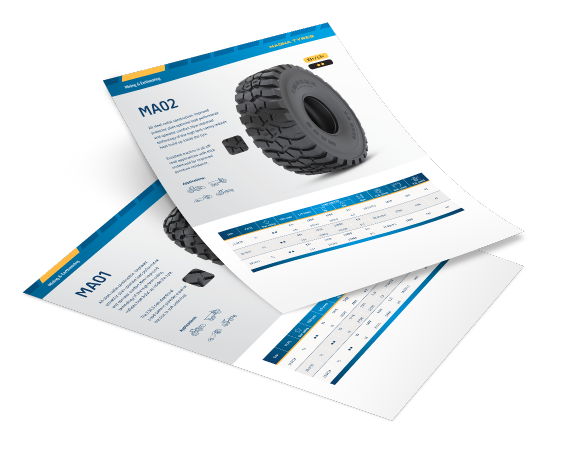White Paper: Difference Between Radial and Bias Tyres
Radial vs Bias Tyres
In one of our previous white papers, we’ve talked about how to build a tyre. During the tyre carcass building phase, we encountered two types of construction methods: radial and bias/diagonal. This white paper takes a closer look at the difference between radial and bias tyres. These differences encompass various aspects, including performance, durability, and traction. All considerations are explained in our white paper and also summarised in a convenient table. This visualisation of radial vs bias tyres help you with an overview of all tyre differences.
Construction Method and Key Differences
It’s crucial to have a basic understanding of the construction methods before moving on to the key differences of radial and bias tyres. The layers of fabric cord plies are constructed differently in these tyres, which is the main difference between radial and bias tyres. The key differences are also included in the paper. After these subjects, you will find important information about choosing the right tyres. This paper will help you make the choice between these two tyre construction types.
Choosing Between Radial and Bias Tyres
While radial tyres are ideal for high-speed driving and everyday road use, bias tyres are excellent for heavy duty and off-the-road use. The choice between these two tyre construction types is one of the fundamental decisions to make when you’re selecting your tyres. It’s not just a matter of preference; the choice between these two construction methods can significantly impact your driving experience, safety, and even fuel efficiency.
In this white paper, we aim to shed a light on the key differences between radial and bias tyres. Would you like to know more? Download our white paper for full insights and comparison of radial vs bias/diagonal tyres.


